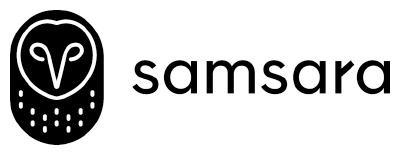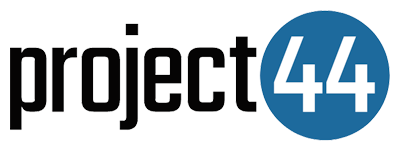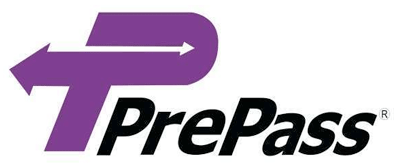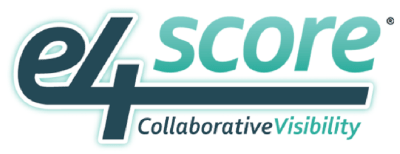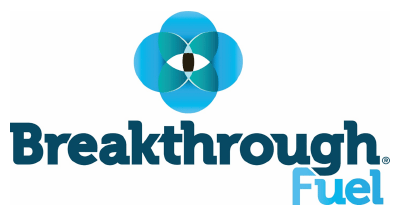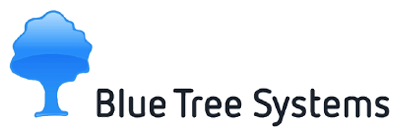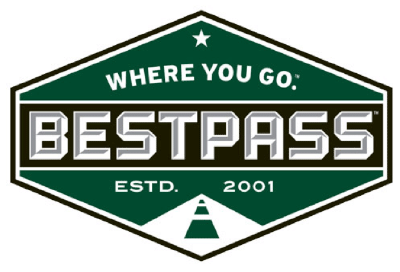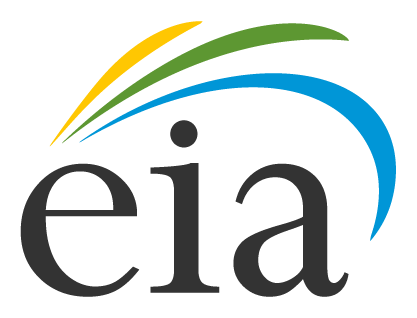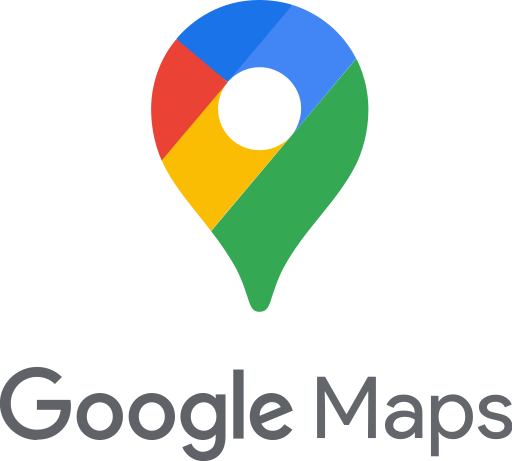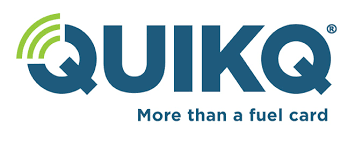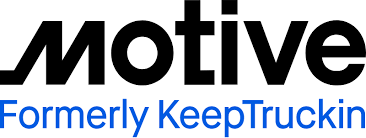Texas-based carrier SISU has been able to create operational efficiencies and lower overhead
Article by Jenny Glasscock, Freightwaves
If you manage a large fleet, it’s likely that using a customized and powerful transportation management system is one of your top priorities.
Your company probably works with many different types of software — for load planning, accounting, ELDs, fuel cards and weather monitoring, to name a few. These are all partners your company has chosen to work with for a reason.
It has become critical in today’s competitive market to be able to unify all of your data in one place and reduce manual entry and hopping back and forth from program to program.
Using a TMS that has an open application programming interface (API), like Ditat, ensures you can not only integrate and automate your data from your business partners’ platforms but also that you can create functionalities suited to your company’s needs.
An API essentially allows two programs to communicate. Open API means that a system’s programming interface can be accessed by developers to facilitate this data sharing.
SISU Energy LLC, a Texas-based carrier, found success utilizing Ditat’s open API. SISU is primarily involved in the transportation of bulk commodities used for energy exploration and production.
SISU has been able to create operational efficiencies and lower overhead through the TMS’s user-friendly interface and ability to integrate with all of its external customers.
“Every business is different, even in the supply chain,” said Jim Grundy, owner of SISU. “Ditat’s open API has allowed SISU to customize solutions specific to our needs, create additional technologies unique to our interests and fostered an environment of continuous improvement amongst our staff.”
Open API is how different social media sites are able to communicate with one another; for example, it allows you to log in to a site using credentials from your Google account. It’s also how you can find, compare and book hotels and flights on travel sites.
Applied to a TMS, open API functionality means companies can connect other service providers’ software to their TMS, build unique tools and truly customize their experiences for their own business goals.
If you aren’t using a platform with an open API, you may find data siloed between different programs that are unable to communicate with your TMS. Your business will ultimately become constrained by the limitations of your TMS. You won’t have the freedom to design a TMS to your company’s needs.
Ditat, an enterprise-level TMS, recently rewrote its software from scratch in order to build cloud-based, open API software for its customers.
“Usually, the way it happens, proprietary software is developed and then when the need arises to do some integrations, certain APIs are developed for third parties to use,” said Ivan Demkovitch, owner and president of Ditat. “In our case, it’s the other way around. It’s API from the beginning, and then anyone else can use it any way they want. It’s unique in the way that any piece of functionality can be automated via API by a third party.”
There are “unlimited possibilities” for how users can interact with the platform, according to Demkovitch.
This could mean automating the load booking process, developing a customized mobile app for your drivers, instantly entering a large amount of data from a separate program and endless other ways to access and share data.
“If you use our software or our UI [user interface], anything you can do as a user you can automate using our APIs because we use them ourselves. They’ve been tested, they’ve been used, they’re ready for anybody else to use them,” Demkovitch said.
An open API allows a company to change and develop its processes as needed, opening a door for more business opportunities and growth potential than ever before.
« Back to Blog


